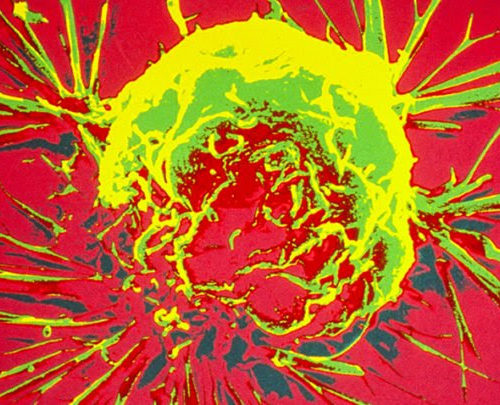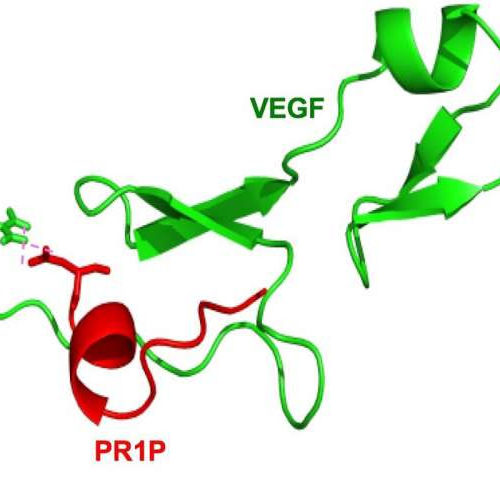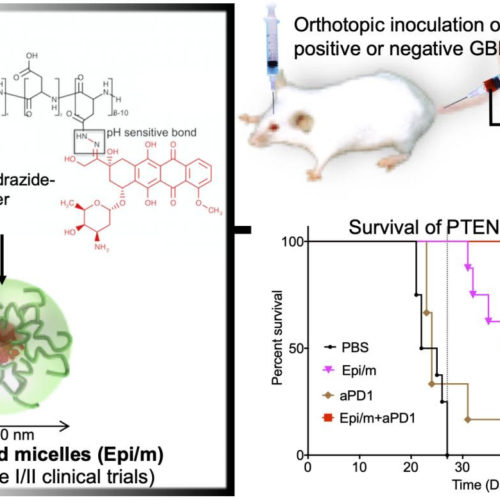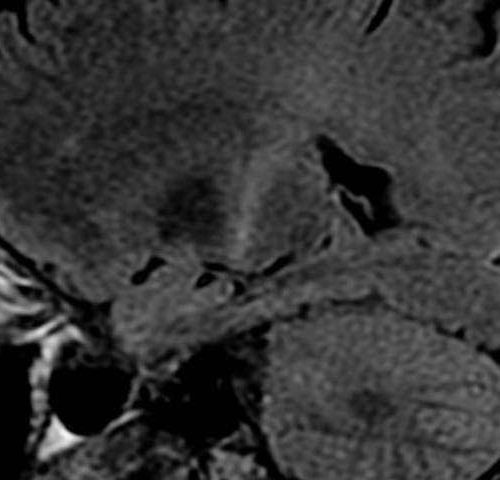Gender gap leaves women experiencing adverse drug reactions nearly twice as often as men, study shows UNIVERSITY OF CALIFORNIA – BERKELEY Women are more likely than men to suffer adverse side effects of medications because drug dosages have historically been based on clinical trials conducted on men, suggests new research from the University of California,...
Tag: <span>biology</span>
New light shed on cell migration
This news or article is intended for readers with certain scientific or professional knowledge in the field. Researchers at the IRCM, IRIC and University of Cambridge work together to reveal a mechanism involved in the formation of metastases. The 3D structure of the ELMO / DOCK2 complex, an important molecular machine that plays a crucial role in...
A targeted treatment for emphysema? Small engineered peptide maintains lung tissue in animal models
by Children’s Hospital Boston Children’s Hospital tested PR1P in lung cells and mouse models of emphysema, they found that it protected VEGF from being degraded, prevented cell death, and protected the lung. Credit: Hao Wu, PhD, Boston Children’s Hospital Emphysema is a progressive, debilitating lung disease in which the lung’s breathing sacs, or alveoli, enlarge,...
Epirubicin-loaded nanomedicines beat immune checkpoint blockade resistance in glioblastoma
INNOVATION CENTER OF NANOMEDICINE LEFT: HYDROPHOBIC EPIRUBISIN IS CONJUGATED TO ONE END OF HYDROPHILIC POLYETHYLENE GLYCOL (PEG) CHAIN WITH ASPARTATE-HYDRAZIDE AS A LINKER. IN WATER, THIS MOLECULE IS SELF-ASSEMBLED TO FORM NANO-MICELLES (EPI/M). UPPER… view more CREDIT: 2020 INNOVATION CENTER OF NANOMEDICINE Summary: A nanomedicine-based strategy for chemo-immunotherapy (CIT) of glioblastoma (GBM), which has the...
Protein study may be key to treating fibrotic diseases
by Bill Snyder, Vanderbilt University An MRI with increased signal in the posterior part of the internal capsule which can be tracked to the motor cortex consistent with the diagnosis of ALS. Credit: Frank Gaillard/Wikipedia A protein linked to amyotrophic lateral sclerosis (ALS), a progressive neurological disease that causes muscle weakness, may be a key...
ENCODE 3 project details the inner workings of the human and mouse genome
by NIH/National Human Genome Research Institute The Encyclopedia of DNA Elements (ENCODE) Project is a worldwide effort to understand how the human genome functions. With the completion of its latest phase, the ENCODE Project has added millions of candidate DNA “switches” from the human and mouse genomes that appear to regulate when and where genes...
A practicable and reliable therapeutic strategy to treat SARS-CoV-2 infection
Absorbed plant MIR2911 in honeysuckle decoction inhibits SARS-CoV-2 replication and accelerates the negative conversion of infected patients NANJING UNIVERSITY SCHOOL OF LIFE SCIENCES A practicable and reliable therapeutic strategy to treat SARS-CoV-2 infection: absorbed plant MIR2911 in honeysuckle decoction inhibits SARS-CoV-2 replication and accelerates the negative conversion of infected patients In a new study in...
Transcranial stimulation to prevent fear memories from returning
by University of Bologna research group from the University of Bologna has succeeded in modifying the negative effect of a returning memory that triggers fear, and developed a new non-invasive experimental protocol. The result of this study, published in the journal Current Biology, is an innovative protocol that combines fear conditioning—a stimulus associated with something...
Antioxidant cocktail key to preventing Alzheimer’s
Research from The University of Western Australia has found a diet rich in nutrients and antioxidants may prevent or even reverse the effects of Alzheimer’s disease. The study, published in Open Biology, found taking a combination of antioxidants at increasing doses was more beneficial at preventing the debilitating disease than any other treatment currently available....
New role for white blood cells in the developing brain
VIB (THE FLANDERS INSTITUTE FOR BIOTECHNOLOGY) Whether white blood cells can be found in the brain has been controversial, and what they might be doing used to be complete mystery. In a seminal study published in Cell, an international team of scientists led by Prof. Adrian Liston (VIB-KU Leuven, Belgium & Babraham Institute, UK) describe...







